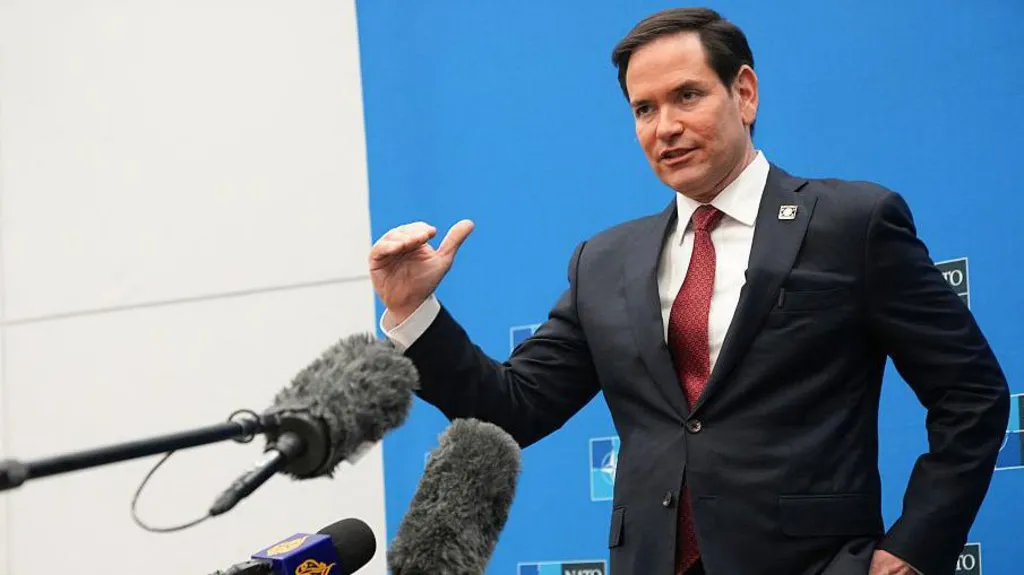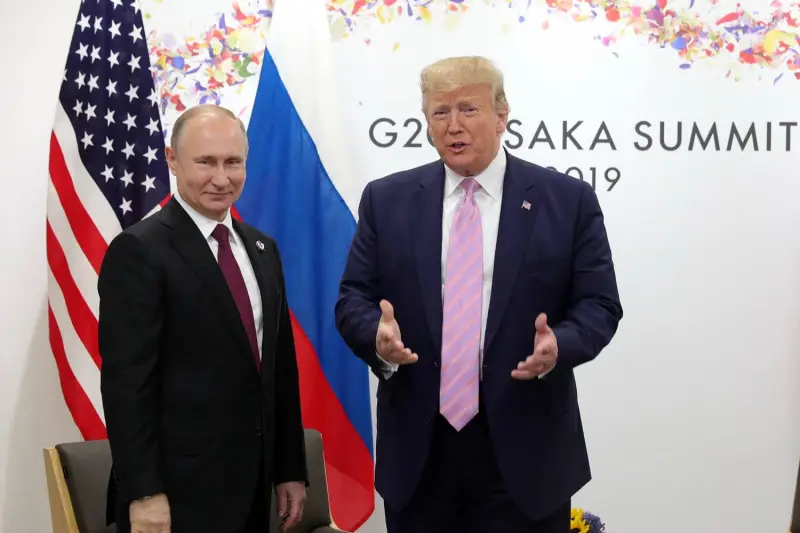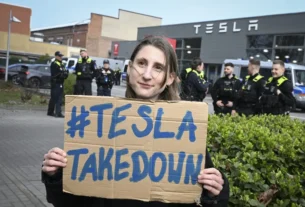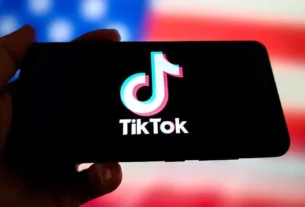The term “Amerikanskiye gorki,” which translates to “rollercoaster,” would unquestionably be included in the first lesson of any Russian language course I wrote for 2025.
It literally means American Hills. How pertinent. After all, US-Russian relations have become one lately, with highs and lows and twists and turns, with President Donald Trump now controlling the ride and Vladimir Putin pressing some buttons
. You never really know where you are right now.

Analysing geopolitical trends is hard enough at the best of times. It’s even harder careering along on the American Hills of the 47th US president.
When Trump went back to the White House in January, it was clear where he was going: to fix relations with Russia. High-level US-Russia negotiations and phone calls between Trump and Putin took place. Washington and Moscow voted against a UN resolution at one point that called Russia the “aggressor” in Russia’s war on Ukraine.
Whenever the Trump administration exerted pressure, it was always on Kyiv, never on the Kremlin.
However, the rollercoaster ride began roughly a week ago. Vyacheslav PROKOFYEV/POOL/AFP Russian President Vladimir Putin is seated at a desk and holding a piece of paper. Trump made it known he was angry with the Russian president’s comments.
President Trump made it clear that he was “angry” with Vladimir Putin after he proposed “external governance” in Ukraine under the auspices of the United Nations to replace President Volodymyr Zelensky’s administration. On March 30, Trump said, “I was disappointed in a certain way, some of the things that were said over the last day or two having to do with Zelensky.” “Because when [Putin] considers Zelensky not credible, he’s supposed to be making a deal with him. Whether you like him or you don’t like him.”
Alexander Stubb, president of Finland, told the Guardian newspaper, “I think America, and my sense is also the president of the United States, is running out of patience with Russia,” after spending the day playing golf with Trump. If Russia was found to be delaying a peace deal with Ukraine, Trump said he would levy secondary tariffs of up to 50% on its oil exports.
A group of US senators from both parties have gone even further.
They’ve drawn up a bill that would impose 500% secondary tariffs on countries that purchase Russian oil, gas and other resources.
The thaw in relations between Moscow and Washington had been welcomed by the Russian press up until this point.
A headline that appeared in the Nezavisimaya Gazeta newspaper last month stated that officials from the United States and Russia had “started speaking the same language.” Things changed this week. On Wednesday, Moskovsky Komsomolets newspaper accused the Trump administration of “administrative insanity… inexperience… immaturity”.
It criticised the administration’s “bragging and arrogance” and “its desire to declare ‘huge breakthroughs’ when the first steps have barely been taken”.
The same day, Komsomolskaya Pravda declared: “On Ukraine talks, Donald’s mood changes as often as the wind.”
Signs, perhaps, of a cold wind blowing between Moscow and Washington?
And yet when Trump announced his sweeping tariffs this week, Russia wasn’t on the list.
Instead, US authorities had organised a sanctions waiver for a key Kremlin official: Putin’s foreign investment envoy Kirill Dmitriev.
For meetings with the Trump administration, Dmitriev flew into Washington. A sign, perhaps, of Russia and America getting on with the business of… getting along?
But on Friday, another warning from Washington to Moscow. This time, in Brussels, at a meeting of NATO foreign ministers. According to US Secretary of State Marco Rubio, “President Trump is not going to fall into the trap of endless negotiations about negotiations.” “We will know soon enough, in a matter of weeks, not months, whether Russia is serious about peace or not.”
AFP Marco RubioAFP
Marco Rubio said Trump would not fall into the “trap of endless negotiations about negotiations”
He went on to say, “If they aren’t,” that “then we’ll have to re-evaluate where we stand and what we do moving forward regarding it.” This followed criticism of Russia by America’s Nato allies.

UK Foreign Secretary David Lammy said Putin “continues to obfuscate, continues to drag his feet”.
“He could accept a ceasefire now, he continues to bombard Ukraine… We see you, Vladimir Putin, we know what you are doing.”
Earlier on Friday there were rumours that Trump and Putin were about to speak again on the phone.
After these, there were more rumors that the White House had decided differently. The Kremlin said that there were no plans for a conversation.https://lifelinesnewz.website/
However, American businesses are said to be planning to attend this year’s St. Petersburg Economic Forum, according to reports. Okay. Stop the ride. I have to leave. My conclusions from all of this.
Trying to follow each twist and turn on the US-Russia rollercoaster can leave you giddy and confused.
Occasionally, observing from a distance is more beneficial. It often helps in order to identify the bigger picture.
Which is this: for months Donald Trump’s team avoided criticising Putin and Russia’s full-scale invasion of Ukraine.
Special envoy Steve Witkoff and other high-ranking White House officials have repeatedly embraced and reiterated Kremlin statements. True, Washington says it’s growing impatient with Russia and has threatened tougher sanctions on Moscow.




